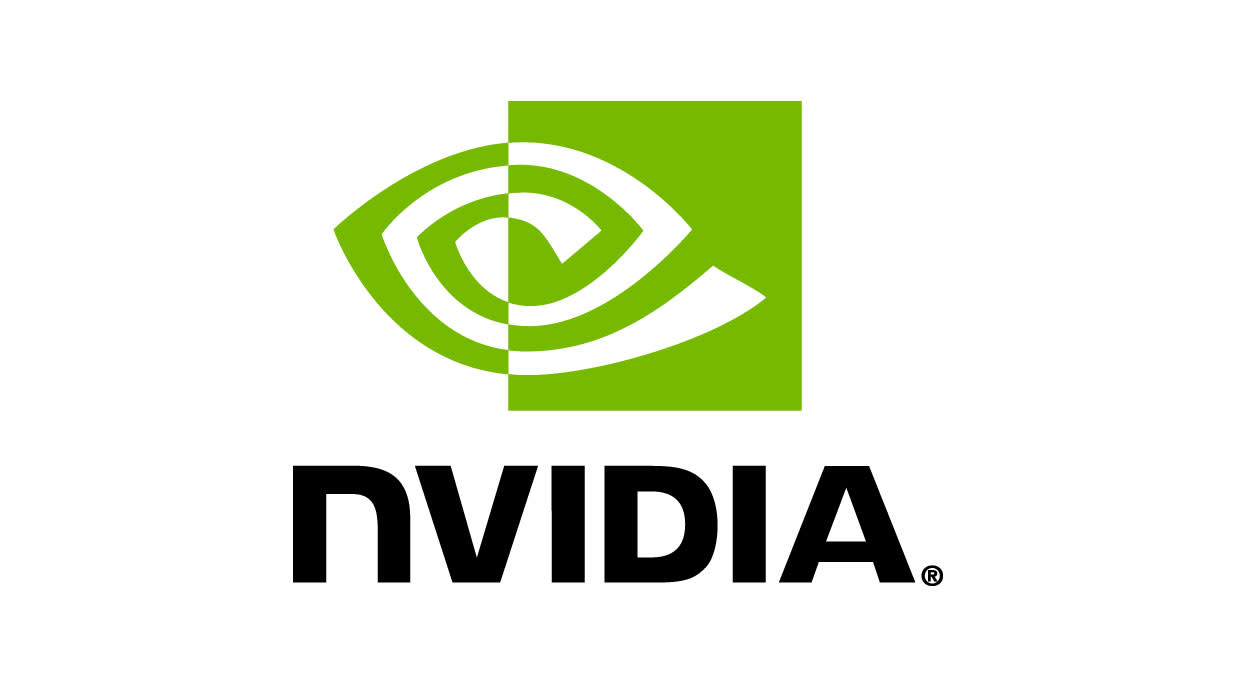NVIDIA’s third-quarter revenue grew 94% to $35.1bn, largely driven by a 112% uplift in Data Center sales, although all divisions were in positive territory. Underlying operating profit was up 101% to $23.3bn.
In the fourth quarter, NVIDIA expects revenues to land within 2% of $37.5bn, compared to forecasts of $37.1bn. Underlying gross margin guidance of around 73.5% is a little below the 75% seen in the quarter just reported.
The company noted certain supply constraints and expects demand for its Blackwell chips to exceed supply for several quarters in the next financial year.
Free cash flow rose from $7.0bn to $16.8bn. Net cash stood at $30.2bn.
NVIDIA returned $11.2bn to shareholders over the quarter, mainly through share buybacks.
The shares fell 2.5% in after-hours trading.
Our view
NVIDIA’s third quarter results has reinforced or view that NVIDIA is a once in a generation company shaping the next industrial revolution. Demand for AI helped demolish yet another set of analyst expectations. Guidance has disappointed the market a little but a better than expected launch for the new Blackwell super chip means we wouldn’t be surprised to see the final quarter come in ahead of the company’s steer.
NVIDIA’s chips are the key to its success, offering the hardware that enables AI systems like ChatGPT to be trained and operated. The current Hopper series has been transformative, and worries over the baton handover to Blackwell seem to have been overplayed.
It’s not just the chips that make NVIDIA’s product so appealing, the CUDA software platform that enables users to optimise the hardware is key. Competition will come from the other mega tech companies who are working hard to build in-house chips, and specialised companies looking to solve more specific problems. But we think these will remain edge cases for a good while yet, enabling NVIDIA to continue to enjoy its dominant position over the next few years.
The question of return on investment is also valid. For now NVIDIA’s biggest customers like Meta and Microsoft are happy to build now in anticipation of the products coming down the line. Over the next year it’s vital that those using NVIDIA hardware to build AI products start to see the benefits. There’s already a solid library of use cases as multiple industries change how they work. Notable examples include automated diagnostic tools, robotic customer service agents, and models to drive down organisations' carbon footprints. We’re also encouraged by the strong demand seen from beyond the mega-cap cloud providers.
An overlooked strength is how capital light NVIDIA’s business is, and when combined with strong cash flows and a healthy balance sheet, there’s plenty of scope for share buybacks and dividend payments. Though nothing is guaranteed. The strong financial profile is partly down to its outsourced manufacturing model. That means its ability to scale is dependent on key partners. Their plans to raise capacity look to broadly match the expected ramp up in demand for the company’s products. But blockages in the supply chain remain a risk to be warty of.
NVIDIA is a quality business. Sales in the near term looks set to keep rising and while the ‘build it and they will come’ approach continues, it plays right into NVIDIA’s hands. Meanwhile the company’s strong competitive position and technological advantage should prevent too much in the way of margin erosion. Given the scale of the opportunity ahead, the valuation doesn’t look too demanding. But the title of the world’s most valuable company comes with extra pressure to deliver meaning investors should be prepared for high levels of volatility.
Environmental, social and governance (ESG) risk
The semiconductor sector is medium-risk in terms of ESG. Overall, this risk is managed adequately in Europe and North America but has considerable room for improvement in the Asia-Pacific region. Its reliance on highly-specialised workers means labour relations is one of the key risk drivers. Other risks worth monitoring include resource use, business ethics, product governance, and carbon emissions.
NVIDIA’s management of ESG risks is considered strong by Sustainalytics. As the market leader in power- hungry GPU processors it’s recognised for paying close attention to the energy efficiency of it products. Business ethics concerns are addressed by Nvidia’s compliance committee, which comprises the CFO and several other senior managers. Additionally, a third-party hotline is available for both employees and third-party stakeholders to anonymously submit ethical concerns. Its human capital initiatives are also strong, which is reassuring given the talent gap in the industry. However, diversity amongst the workforce could still be improved.
NVIDIA key facts
All ratios are sourced from Refinitiv, based on previous day’s closing values. Please remember yields are variable and not a reliable indicator of future income. Keep in mind key figures shouldn’t be looked at on their own – it’s important to understand the big picture.
This article is not advice or a recommendation to buy, sell or hold any investment.No view is given on the present or future value or price of any investment, and investors should form their own view on any proposed investment.This article has not been prepared in accordance with legal requirements designed to promote the independence of investment research and is considered a marketing communication.Non - independent research is not subject to FCA rules prohibiting dealing ahead of research, however HL has put controls in place(including dealing restrictions, physical and information barriers) to manage potential conflicts of interest presented by such dealing.Please see our full non - independent research disclosure for more information.








